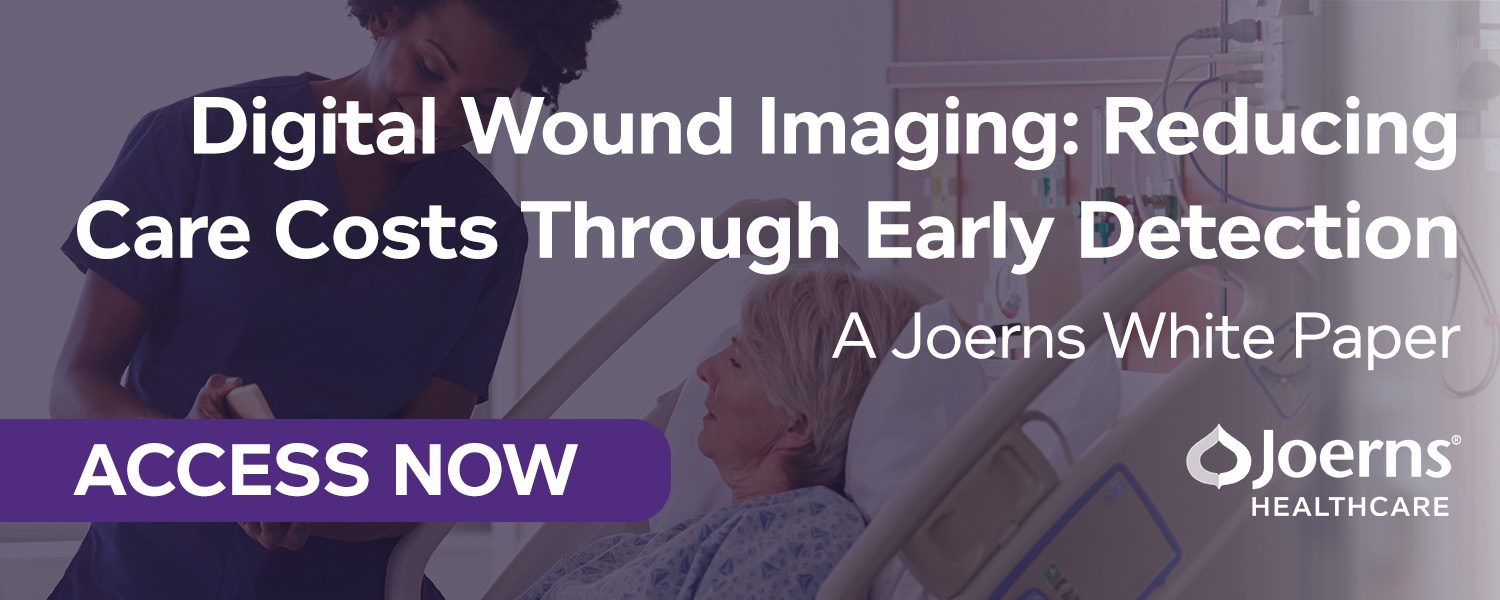While traditional wound care methods may still be effective, newer technologies have been instrumental in improving patient outcomes and controlling costs in long term care. By speeding up the healing process and reducing the chances of infection, advanced wound care technologies can lead to fewer hospital stays, shorter rehabilitation periods, and fewer interventions.
In this blog post, we explore how emerging medical technologies transform wound care in long-term care facilities and how these developments can help your organization maintain ethical care standards and healthy operating costs.
Supporting Data for Advanced Wound Care Technologies
Advanced wound care technology is a crucial part of ensuring that wound care in long-term care settings is as effective as possible. Wound healing is a complicated process, and ensuring wounds can heal properly often requires resources and technology that can look beyond the information available to the naked eye.
Multiple case studies have shown that by taking advantage of advanced wound care technology, medical professionals in long-term care settings can ensure patient wounds heal efficiently and effectively. With this type of support, long-term care (LTC) providers can make sure their patients receive the best possible care—giving them a better quality of life with fewer potential complications down the line.
Below are four technological advances transforming how LTC organizations engage in wound care.
Digital Imaging
Accurately capturing and documenting the progression of a wound is critical for early detection, diagnosis, and proper treatment. Digital imaging technologies provide objective information that can be used to not only measure wounds accurately but also reduce any misuse of resources. Below are two common examples of how digital imaging improves both the patient and clinician experience.
Fluorescent Imaging: Clinical signs and symptoms of infection are often lacking in wounds with high bacterial loads, causing delays in diagnosis and appropriate treatment. Fluorescent imaging instantly detects and reveals harmful bacteria levels, allowing clinicians to deliver targeted treatment before infection can spread. With this advanced technology, any stage of a wound’s bacterial burden is determinable with ease and accuracy.
Thermal Imaging: Also known as Infrared Thermography, this advanced technology is an attractive addition to a clinician’s wound care toolbox due to its efficiency, safety, and cost-effectiveness. Its non-invasive diagnostic capabilities unlock greater precision in wound care with instant access to reliable data.
Bioactive Dressings
Engineered products that rely on bioactive compounds are another form of advanced wound care technology. Bioactive dressings create an environment that encourages cell regeneration and helps wounds heal faster. With their ability to provide a physical barrier against bacterial growth, bioactive dressings help prevent infection in post-operative wounds and minimize patient discomfort. These versatile dressings can easily be integrated into a patient’s treatment plan to improve their care and recovery.
Therapeutic Support Surfaces
For patients with chronic illness or problems with mobility, staying in one position is often a fact of everyday life. Unfortunately, remaining in one position for long periods can reduce circulation to injured areas, hindering the body’s natural ability to heal itself or facilitate skin breakdown.
In a 2021 study on pressure injuries, a continuous low-pressure device was found to inhibit pressure injuries. These surfaces help redistribute body weight for better comfort and protection to promote healing.
Bioelectronics
While this has yet to become a standardized care method, small bioelectric devices have been shown to expedite healing by integrating low electrical currents into standard treatments. In various clinical trials, a wafer-thin, disposable wound dressing used micro-batteries to deliver low-level electric currents to promote wound healing – with most patients’ wounds showing signs of healing within four weeks.
Advanced Wound Care Technology Here to Stay
In conclusion, advanced wound care technology is revolutionizing how people approach wound management. By improving diagnostics and treatment, this technology makes the healing process easier for all persons involved. With more accurate tracking of skin, tissue, and healing progress, physicians will be able to know quicker when further intervention is necessary.
All in all, it’s clear to see that advanced wound care technology can drastically improve the future of how we treat certain illnesses–making healing a faster and more comprehensive process.
